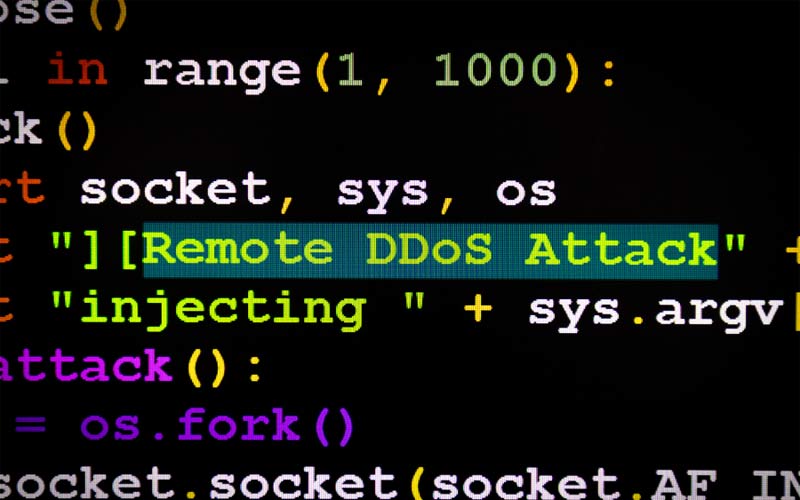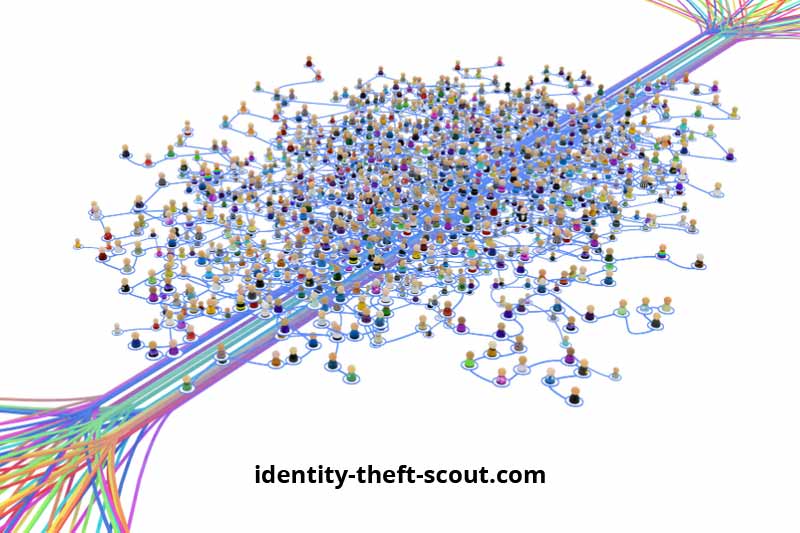Running an online business is not a walk in the park, defending it against any cybersecurity threat is another thing. Today, many online businesses face risks from DDoS attack; one of the common types of cyber-attack that continues to become an increasing problem worldwide.
The DDoS attack has targeted a lot of online businesses in recent years. It does not only affect the company it has infiltrated but also thousands of its users around the globe. Considered to be growing in popularity these days, reports from this kind of cyber-attack is increasing in an alarming state. It has cost businesses of all sizes from hundreds of thousands to millions of dollars.
In 2018, the average duration for DDoS attacks was 218 minutes, while the most prolonged attack lasted for 329 hours or nearly two weeks. This year, cybersecurity experts anticipate that DDoS attacks will rise to 17 million. Cost of these attacks is averaging from $20,000 to $40,000 per hour.
The numbers are scary, and as an online business owner, a possible DDoS attack is something you should take seriously. But how can you secure your online business and keep attackers at bay?
What is a DDoS Attack?
Distributed Denial of Service attack or DDoS attack is a kind of non-intrusive hack that most online business website experience today. Hackers do not need any access to your site to launch or run the hack, and they can facilitate a DDoS attack remotely.
What hackers or cyber criminals do is overload your website’s server with traffic to disrupt its function. They use a tool, like a bot, to flood your server with signals which disable it to process the genuine request from real users.

Types Of DDoS Attacks You Can Encounter
When attackers go after your online business and launch a DDoS attack on your website, you may encounter several attacks that can affect your system differently.
1. Volumetric Attack
This attack is probably the most common type of DDoS attack and mostly encountered by many websites. The volumetric attack is made through a bot which overwhelms the network’s bandwidth. It sends a massive number of false users to every possible open port it can find that block legitimate requests to get through.

2. Protocol Attack
Protocol attack is a type of DDoS attack that targets parts of the network used to verify connections. When launched, a protocol attack purposely sends pings on the system—once received, the system will use a lot of memory to check these malformed pings. It can also send a massive amount of data to target firewalls.
3. Application-layer Attack
An application-layer attack target the application where the users interact. It attacks the HTTPS, DNS, or SMTP and interferes directly with web traffic. Among the three, this can be the hardest to catch and troubleshoot.
Steps To Secure Your Online Business From DDoS Attack
1. Strategize A Security Plan
Cyberattacks can happen to anyone at any given time. While most known attacks took place in big companies, small business or startup companies can face the same kind of threat. Surprisingly, most hackers and cybercriminal often go after these small online businesses because of the lack of security due to budget constraint and make cybersecurity the least priority.
As an online business, it is essential to create a strategic response plan for any possible DDoS attack. Working on your plan means you have to go through your entire system and check for vulnerabilities that can be an entryway for any security breach.
Once you have accomplished your security plan, please share it with your employees. You can also educate them on what they can do to help a DDoS from happening. Doing this can help prevent and prepare you for any DDoS attack that you might encounter along the way.
2. Keep Your System, and Security Features Up To Date

This security measure is probably the most common tip you have heard from cybersecurity experts but one of the most important. Keeping things updated on your online business can be your first line of defense against any possible attack.
To do this, make sure that you have installed the latest system software available. Do not forget as well that to fix any bug or issues that you can find in your system. Getting a step ahead and detecting threats as early as possible is still one of the best ways to prevent any DDoS attack.
3. Get A Good Network Hardware
One of the most important things you have to do when starting an online business is investing in high-quality network hardware. This kind of network hardware can help you spot a spike in your website traffic and can even block this malicious traffic completely.
While this may be a bit of challenge for small businesses or startups with a lesser budget compared to large and established enterprises, investing in the right network hardware can help secure your website. In the long run, you will save yourself from the headaches of the financial burden from bearing the cost to purchase and maintain an expensive network infrastructure that you need to support your website.
4. Remove Website Vulnerabilities
Eliminating all vulnerabilities in your website is another best way to intercept any DDoS attack from happening. Regularly update to safeguard your online business. These updates usually contain security patches that help keep you secure.
If you are going to install plugins to help manage your incoming traffic and strengthen your website, make sure that you have chosen them carefully. It is vital as well that you do not install too many plugins at once. While they intend to protect your site, some of it become vulnerabilities that are quite susceptible to attack themselves.
5. Enlarge Your Internet Bandwidth and Server Capacity
While this will not keep DDoS attackers from interfering with your website traffic, increasing your internet bandwidth and server capacity can help minimize the impact of a DDoS attack.

The main reason a website will go offline or crash after experiencing a DDoS attack is that it does not have the capacity to handle a large volume of traffic sent by hackers. However, when you have a larger sever capacity and additional bandwidth, even if you experience an attack, your website will continue to operate.
For example, a hacker sends you 700,000 fake visitors, but your website can handle a million users at once, this will not affect your site operation. Aside from this, having an increased website internet bandwidth and server capacity will also allow you to serve more customers. It can also aid to refrain your site from crashing that can affect your whole business’ operation and reputation.
Final Thoughts
Defending your business from any DDoS attack should not stop after you have installed proper hardware or updated your server capacity. It would be best if you were prompt to recognize any malicious spike in your web traffic.
Should you experience any DDoS attack, do not panic. Instead, contact your web host as they can help you combat the attack. You can also hire professional security services to implement DDoS measures and salvage your site from hackers.
While this may help you stop any encountered DDoS attack, it will give you financial losses and high recovery cost. To completely eradicate this experience, make sure to take preventive measures to ensure the safety of your online business.
Author Bio:
Maricar Morga worked as a marketing professional for almost a decade. She became part of the biggest real estate company/mall operator in the Philippines and handled concerts, events and community service-related activities.
One of her activities became a nominee in the ICSC Asia-Pacific Shopping Center Awards 2018. Leaving her corporate job for good to pursue her dreams, she has now ventured in the path of content writing and currently writes for Softvire Australia and Softvire New Zealand. A Harry Potter fan, she loves to watch animated series and movies during her spare time.


